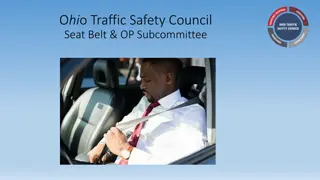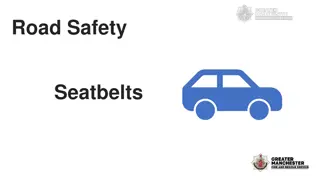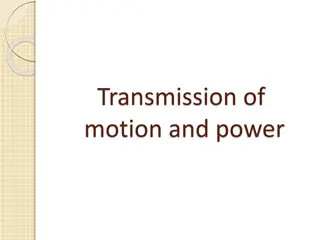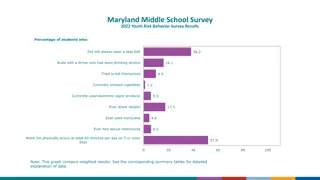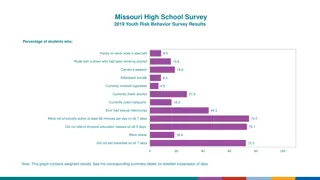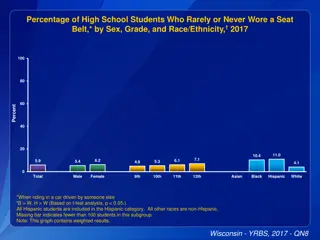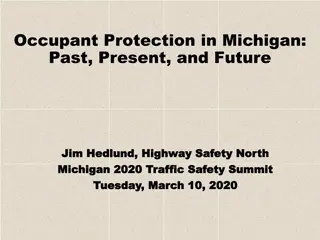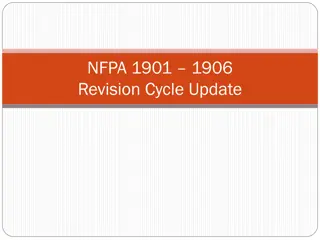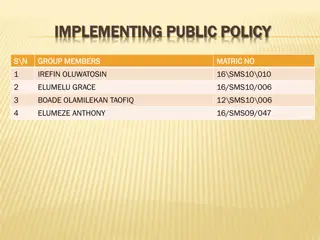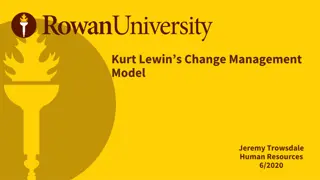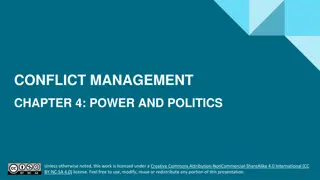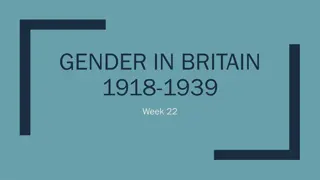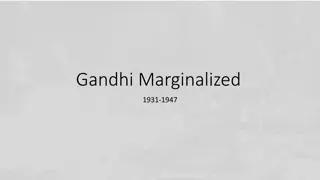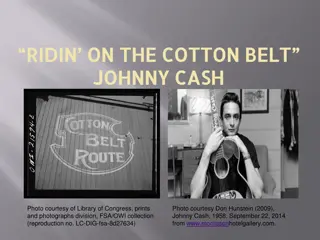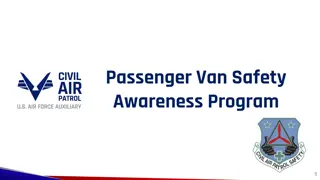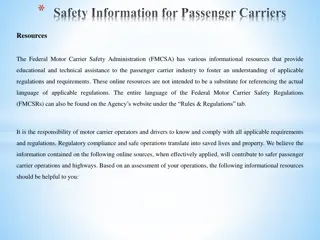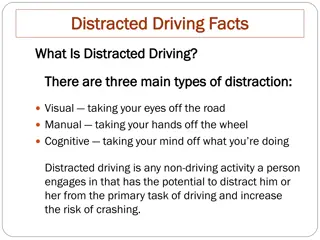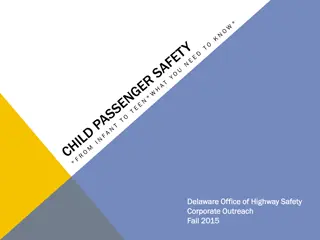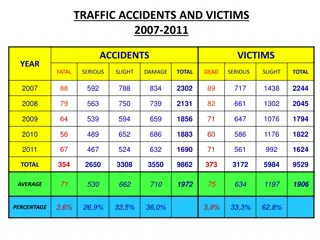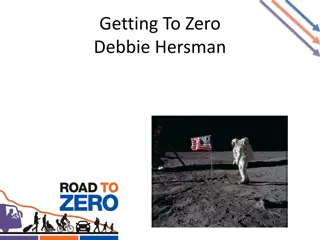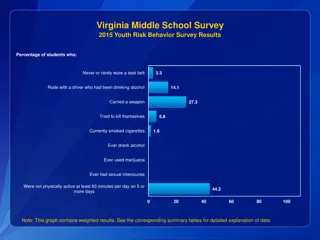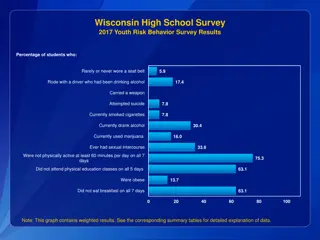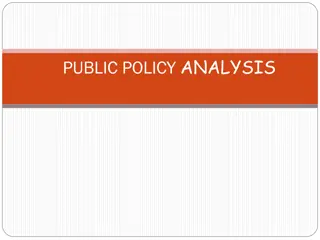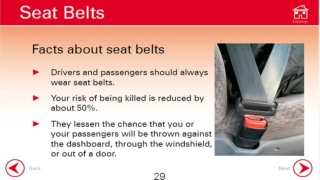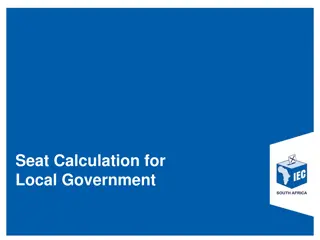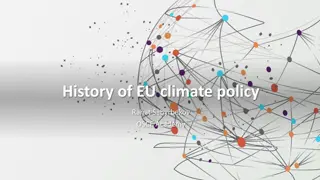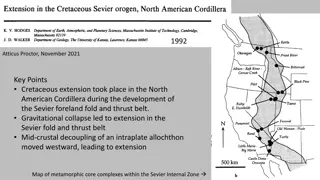The Seat Belt Saga: Evolution of Policy in Politics Change
The Seat Belt Saga explores the evolution of seat belt regulations in the United States, tracing the influence of popular concern, interest groups, government agencies, and legal developments from the 1960s to the 1980s. The story reflects how laws are shaped by a complex interplay of public sentiment, industry interests, and political decision-making processes.
Download Presentation

Please find below an Image/Link to download the presentation.
The content on the website is provided AS IS for your information and personal use only. It may not be sold, licensed, or shared on other websites without obtaining consent from the author. Download presentation by click this link. If you encounter any issues during the download, it is possible that the publisher has removed the file from their server.
E N D
Presentation Transcript
The Seat Belt Saga The Evolution of Policy as Politics Change
What Drives Laws? First, there is popular concern Individual stories Then interest groups FDA and the Jungle MADD Insurance industry - what is their interest? Starting in the 1970s, plaintiffs' attorneys Then pressure on elected officials Sometimes this is compressed as the legislature reacts to a crisis Very seldom does the legislature pass a law just because it is a good thing 2
Ralph Nader and Public Interest Unsafe at any Speed - 1965 4
The Seat Belt Saga I Congress passes the Traffic and Motor Vehicle Safety Act 1967 - regulation requiring seat belts 1972 - realized that people were not wearing the seat belts Regulation requiring automatic seat belts or airbags by 1975 5
The Seat Belt Saga II Required cars between 1973 and 1975 to have automatic seat belts or ignition interlocks Chrysler v. DOT affirmed the regs Industry choose interlocks - why? 1974 - Congress passed a law banning regs requiring interlocks and said that all future regs on passive restraints had to be submitted to Congress for legislative veto Chadha fixes that 6
The Seat Belt Saga III DOT under Ford withdrew the regs DOT under Carter (a few months later) promulgated new passive restraint regs for 1982 and Congress did not veto them 1979 - Regs were affirmed in Pacific Legal Foundation v. DOT 7
The Seat Belt Saga IV 1981 - DOT under Reagan withdrew the regs because the car companies were going to use automatic seat belts that could be disconnected. 1983 - Motor Vehicles Manufacturers Assoc. v State Farm hit the United States Supreme Court. 8
Motor Vehicle Manufacturers v State Farm Mutual Auto, 463 U.S. 29 (1983) Who is the real defendant at interest? How did State Farm get here? DOT had previously justified the need for a rule that required automatic (passive) seat belts. The rationale was that people were not using seat belts and that an automatic seat belt would increase seat belt use and therefor automobile safety. 9
The Rule Rescission DOT, under Regan publishes a recession of the rule requiring passive seat belts. The rescission found that since passive seat belts could be disconnected, they would not increase safety, and thus the cost of requiring them exceeded the benefit. 10
What are the Standards for Rescinding a Rule? Why should a rescission be subject to the same record requirements as the promulgation of a rule? Why does rescission so soon after the promulgation of the rule undermine deference arguments? What was the justification for requiring passive seat belts? What would the agency have to show to justify rescinding the requirement? 11
What Else Was Going On: Crashworthiness Regulations The Unintended Consequences of crashworthiness regulations 12
The Seat Belt Saga V 1984 - DOT (Libby Dole) promulgated a reg requiring automatic seat belts or airbags in all cars after 1989, unless 2/3 of the population were covered by state seat belt laws, and the laws met certain criteria What did some states do? $5 penalty No stop No meaningful seat belt defense Most State laws did not meet the criteria 13
The Modern World Late 1980s safety becomes a selling point and the market changes. 1997 - most newer cars had airbags Marketing then turns to how many air bags and other safety features. Now active safety is the selling point. Autonomous cars are also being sold based on safety. 14



